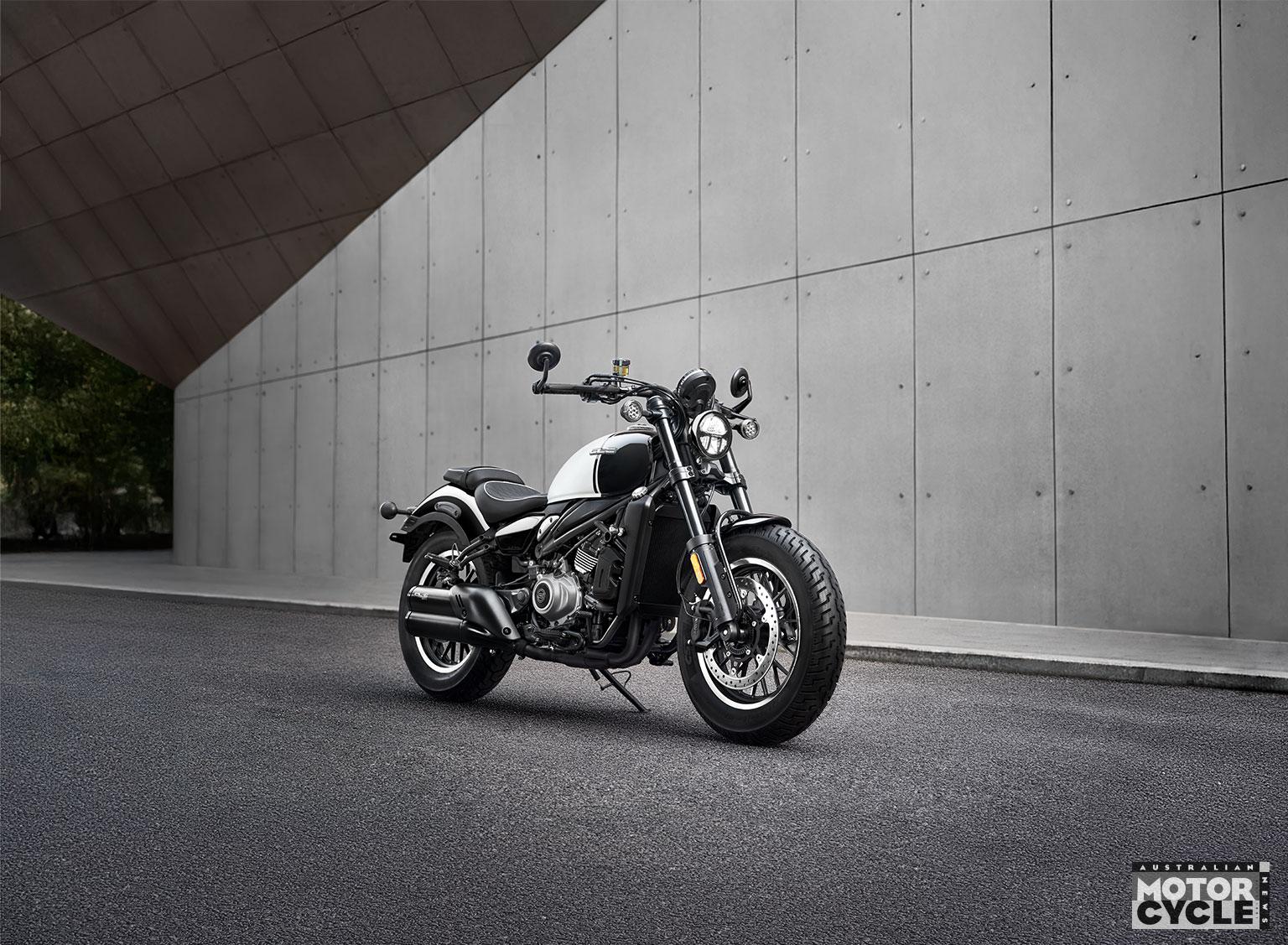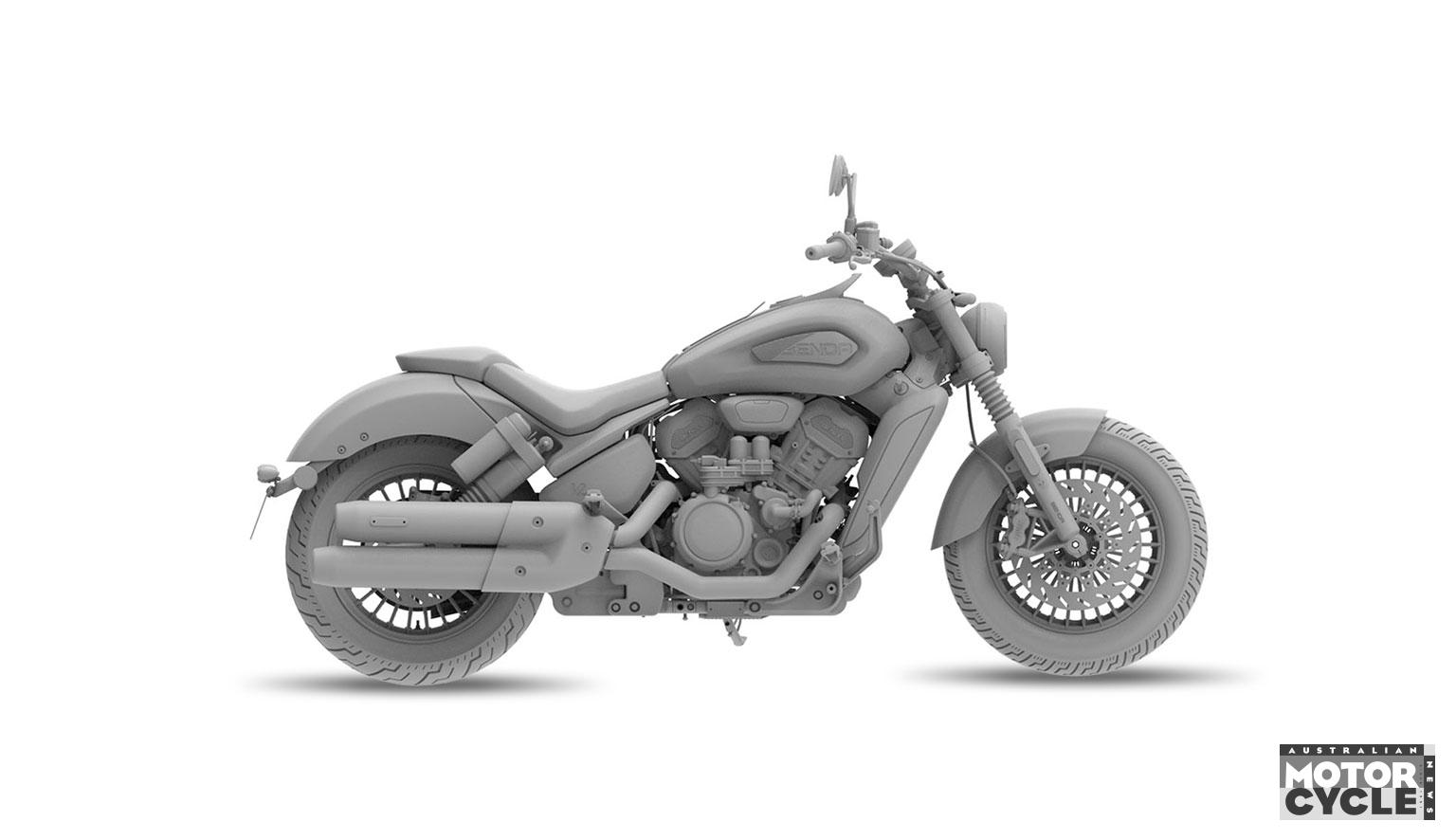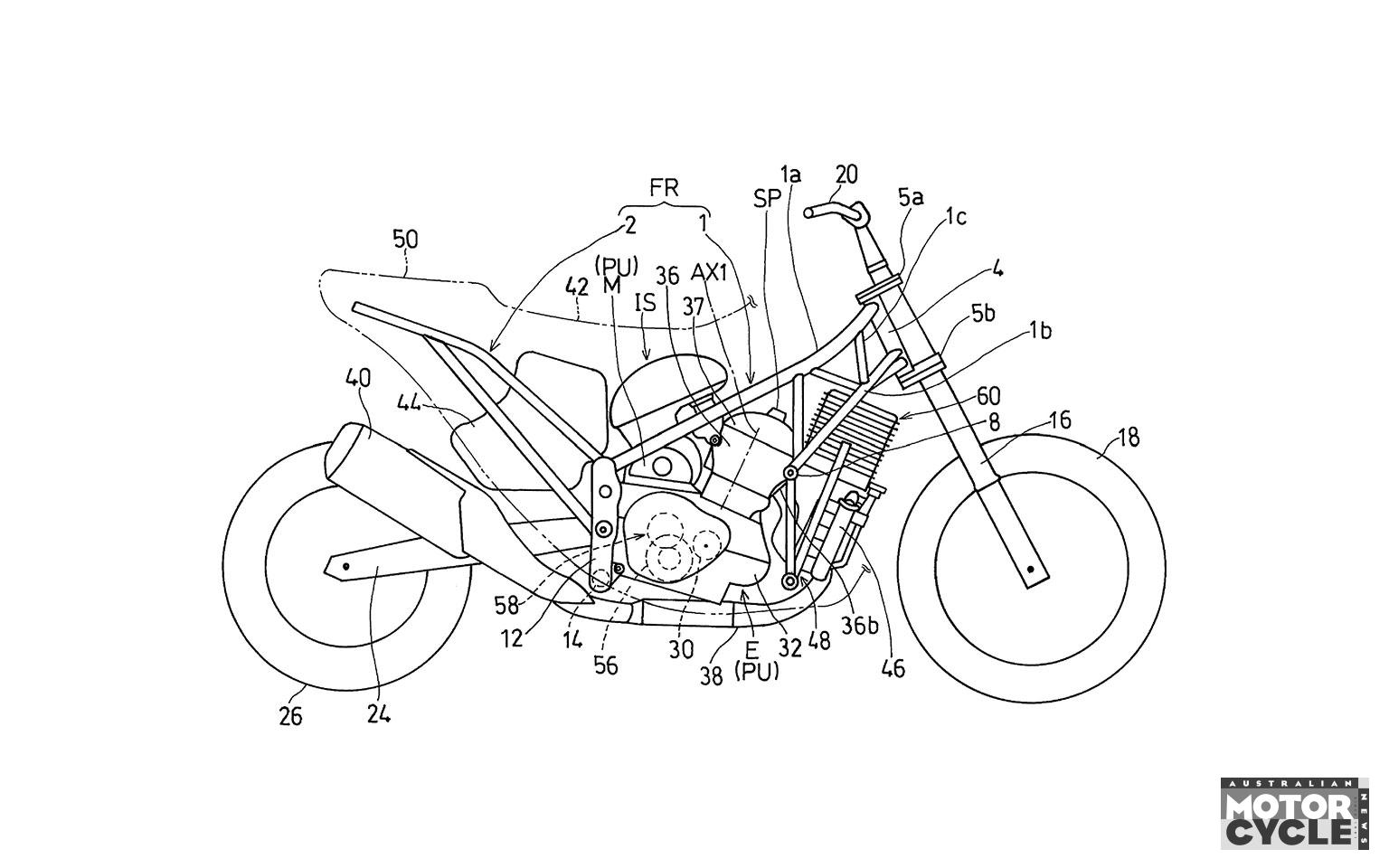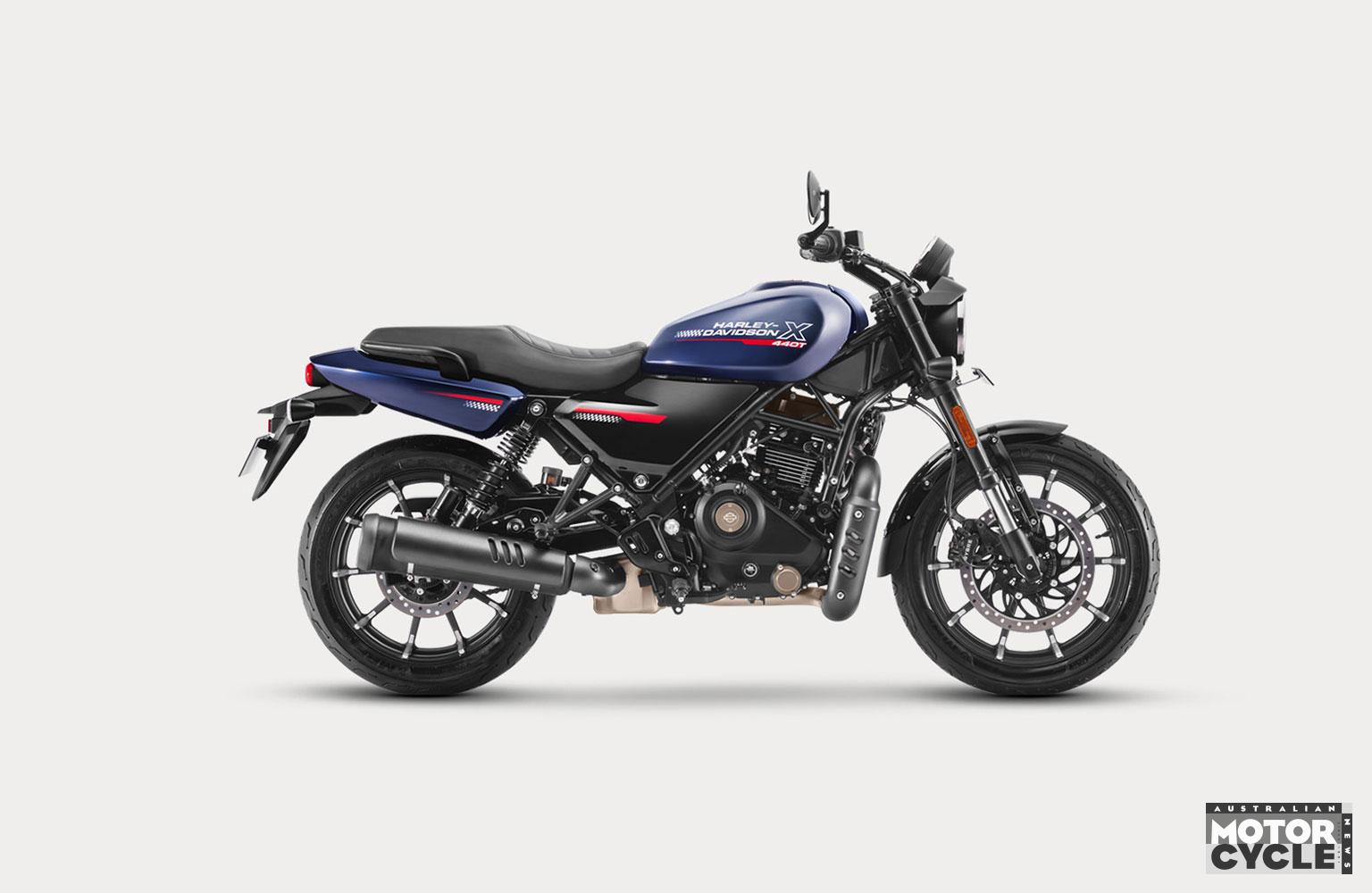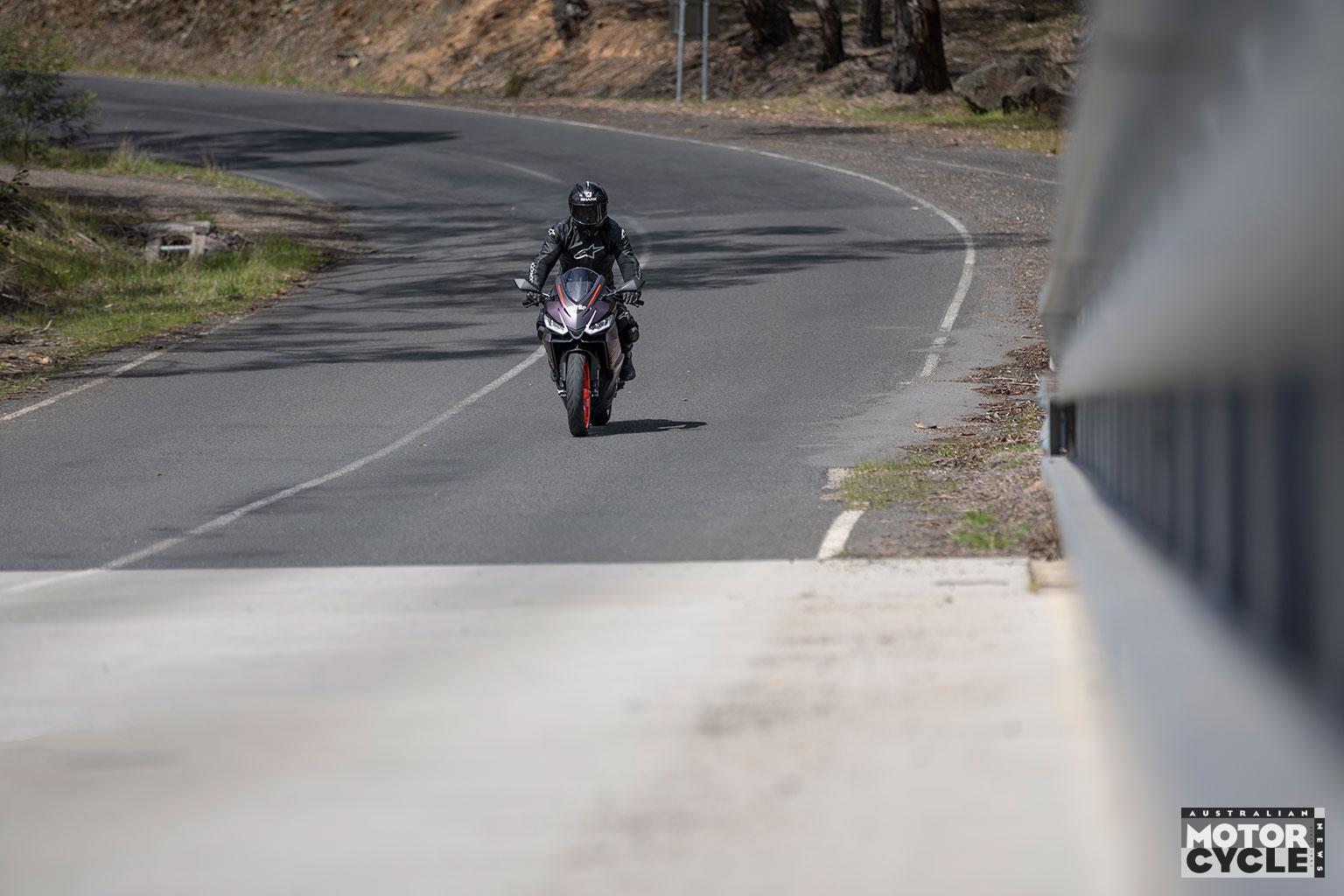Kawasaki’s plans for a hydrogen future are progressing quickly, and Australia is already part of its strategy. Last week the Japanese giant filed new trademark applications for the title “HySE” and a logo that depicts a water droplet on two wheels (water is the main emission of hydrogen-fuelled technology).
Motorcycles are a very small part of the overall Kawasaki conglomerate. Kawasaki Heavy Industries covers heavy equipment, aerospace and defence equipment, railway rolling stock and shipping. All these segments are developing alternative fuel strategies.
Last year Kawasaki used a shipment of hydrogen gas from Australia to use in an electricity power generation demonstration in Japan. To do this it built the world’s first liquefied hydrogen bulk carrier. The experiment was described by Kawasaki as “a model case in which a supply chain of producing, transporting, storing and using hydrogen for energy utilisation is linked in one supply chain”.

The $500m pilot project is led by Kawasaki and backed by both the Japanese and Australian governments.
We’ve been following Kawasaki’s progress with hydrogen power for the past two years. It has been slowed by the Covid pandemic, which put the Australian-Japanese sea transport experiment on hold for 18 months.
Kawasaki’s first prototype engine was a direct fuel-injected version of the Ninja H2’s supercharged four-cylinder shown in late 2021. The supercharged H2 engine is an ideal candidate for conversion as much more hydrogen is required than petrol to achieve the same amount of power. The big change needed to accommodate hydrogen as a fuel is the adoption of direct injection that adds the hydrogen under extreme pressure to the cylinder after the inlet valves have closed. That’s something Kawasaki has already included in its prototype.
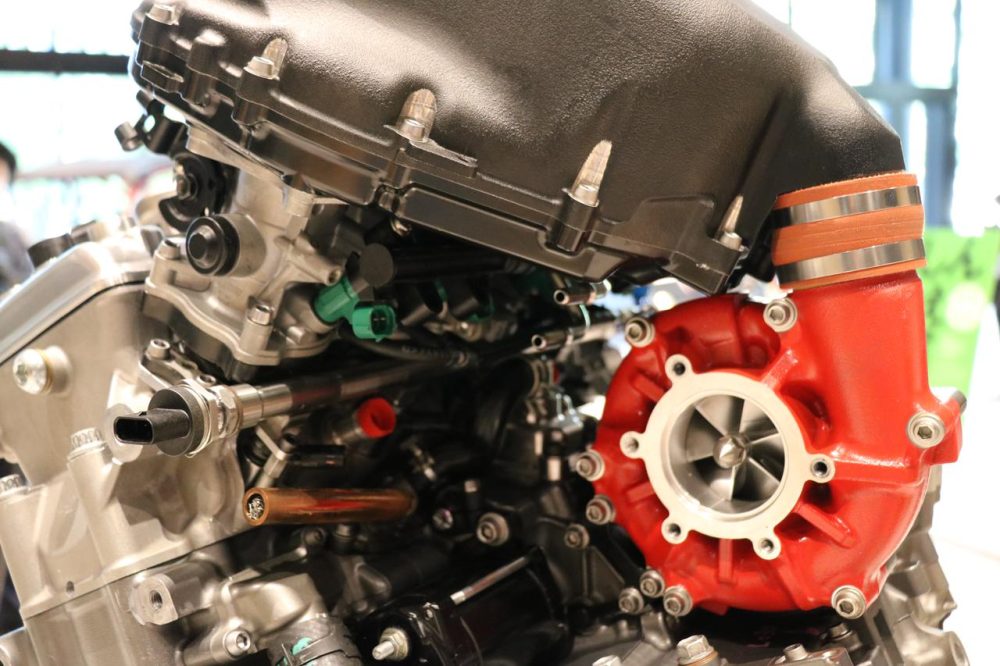
Another issue is how to carry the large amount of hydrogen required on the motorcycle itself.
The fuel storage system Kawasaki is using appears to be similar to what Toyota has created for its hydrogen-fuelled infrastructure, around which an entire prototype community in Japan is being created. In this case, the Kawasaki’s panniers are the reservoirs for the hydrogen fuel cells.
The Toyota experiment intends to use swappable hydrogen canisters to power fuel cells for home electricity and to power vehicles. Both Kawasaki and Yamaha are working with Toyota, Subaru and Mazda on the development of hydrogen-fuelled combustion engine technology.

As we’ve already reported, the two motorcycle companies have taken the lead in engine development, so it makes sense to use Toyota’s hydrogen canister system. This means refuelling should be a simple case of swapping empty canisters for full ones. However, it also means that an entire supply infrastructure would be needed, similar to that required for an all-electric vehicle network.
Rival companies appear to be putting more faith in the idea of synthetically produced e-fuels, which can operate as drop-in replacements for petrol while achieving carbon neutrality from an environmental perspective. MotoGP is pushing this angle for its future racing seasons.
Other motorcycle manufacturers are well advanced on electric power, with Ducati’s role in this season’s Moto-E class the most obvious. All these alternatives are likely to play a role in the future.
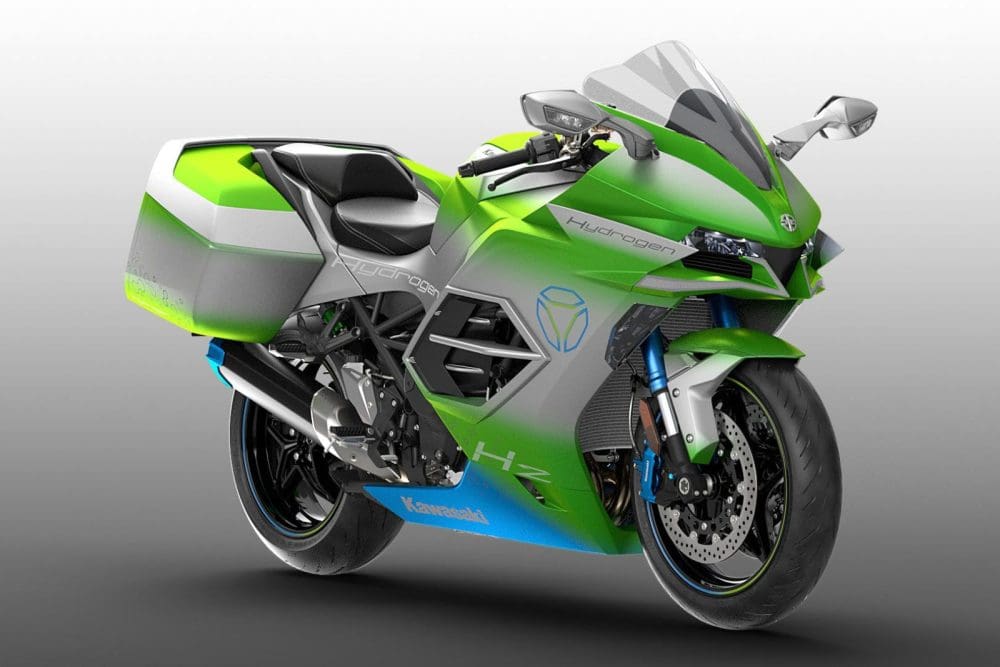
HAMISH COOPER & BEN PURVIS

